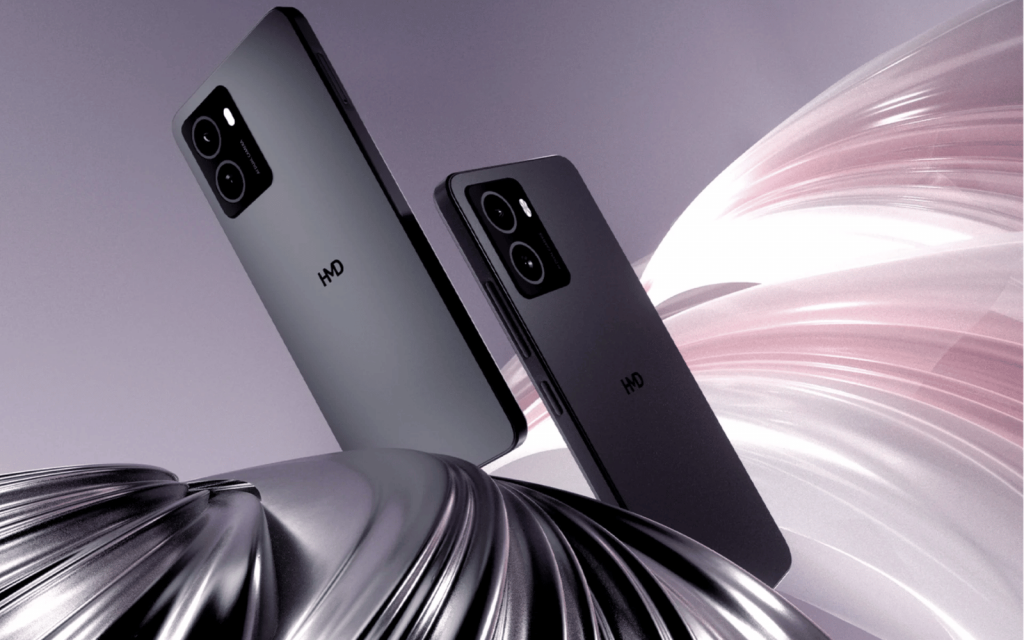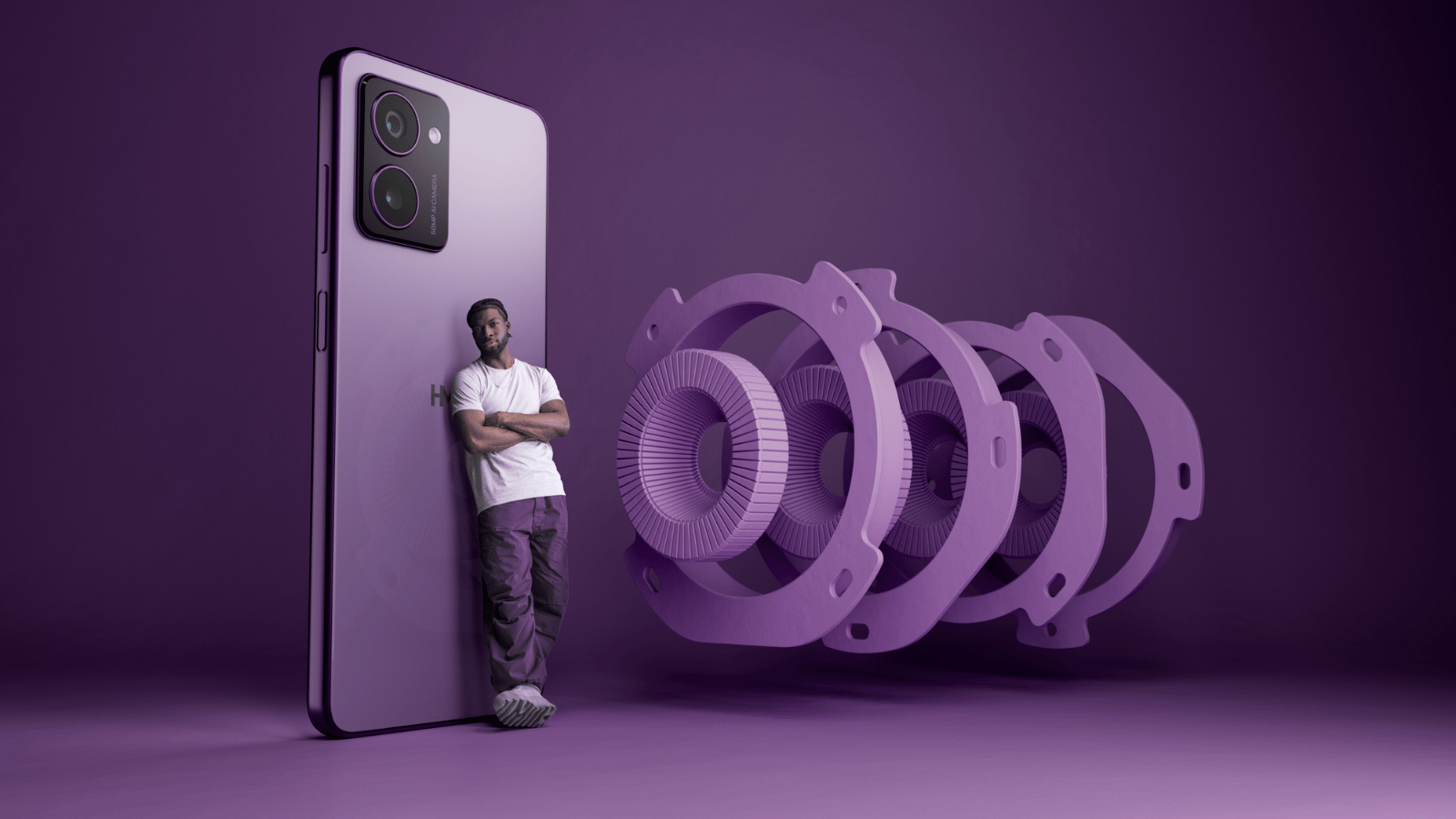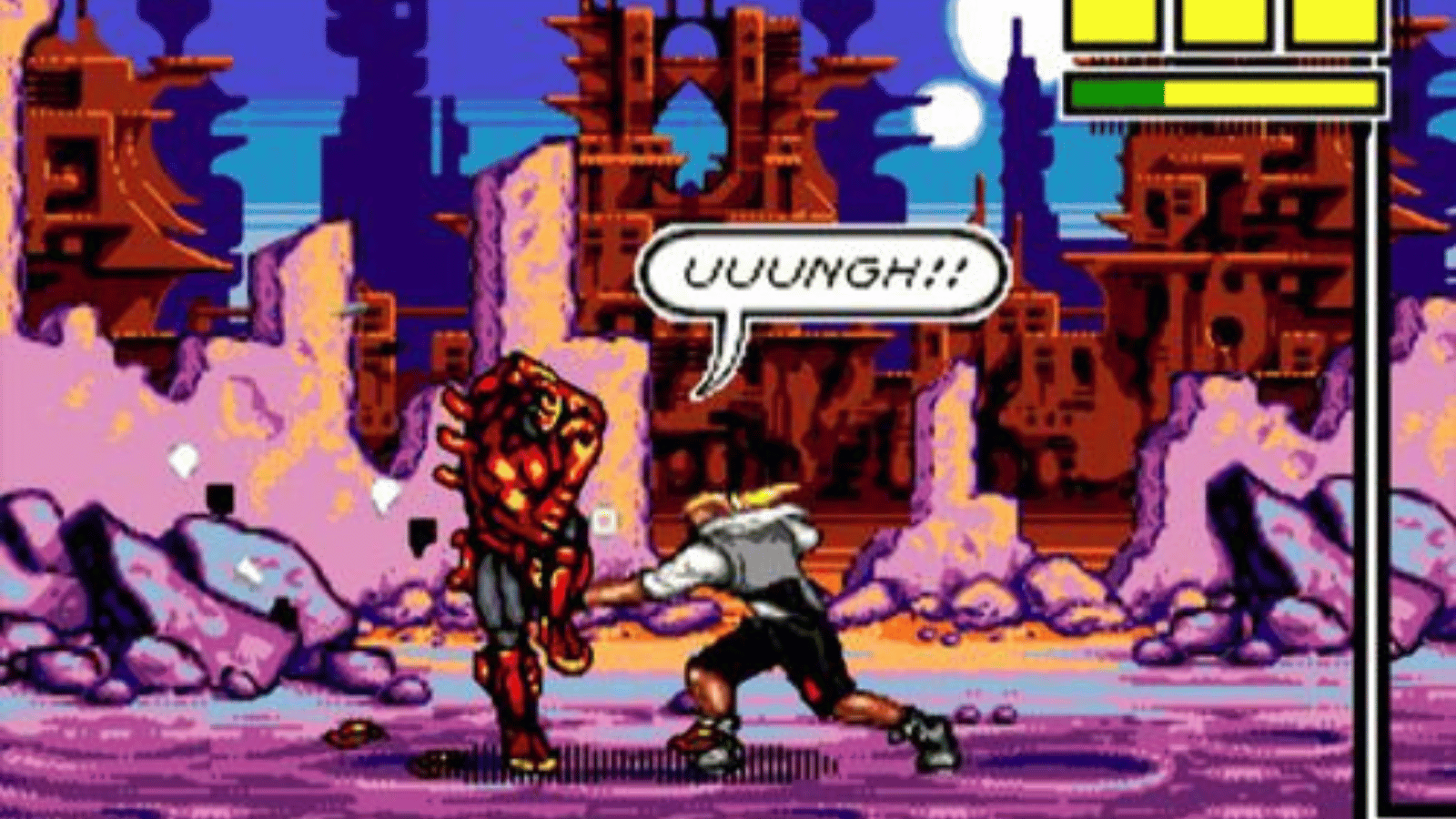This town ain’t big enough for the both of us…
You probably know HMD. Not by name, perhaps, but as the owner and manufacturer of that little underground brand going by the name of Nokia. At least, that was the case. For years, HMD Global has threatened to step into the smartphone arena itself, and it’s finally following through. First to break ranks is the HMD Pulse — a trio of smartphones targeting lower-budgeted folk in Europe.
That trio consists of the €140 (R2,800) HMD Pulse, €160 (R3,200) HMD Pulse+ and, as is smartphone law, a Pulse-branded Pro moniker that’ll set you back €180 (R3,600). HMD’s set a fine margin for disparity between the three devices, and that’s due to a distinct lack of distinction between them. All three, for instance, come standard with Unisoc T606 processors (4G only), an ARM Mali-G57 MP1 GPU and 6.65in LCD displays. The 5,000mAh batteries aren’t all bad, either.
So what does rustling up an extra €40 for the top dog get you? Faster charging, better cameras and some more RAM befitting raised prices. The regular Pulse arrives with 4GB of RAM, while the Plus and Pro models have 4,6 and 8GB RAM flavours to play around with. That’s not to mention the 50MP main camera on the Plus and Pro — the latter of which features a 50MP sensor on its front, too, while the Plus only has an 8MP shooter.
Unfortunately, HMD has thus far only confirmed a European release for the Pulse range, though we’re not all that worried that South Africa won’t get a turn eventually. We can’t guarantee that will be the case, nor that the pricing will be nearly as attractive as those we’ve listed above if HMD does expand to Africa, but we’ll keep you updated. Fingers crossed, eh?
Apple’s iPad Pro might finally sit at the grown-up’s table
If you weren’t aware, Apple is letting loose. It isn’t relinquishing control over anything quite as important as its absurdly high pricing, but it is looking to give its range of iPad Pros a much-needed makeover, potentially involving OLED displays and, of course, some AI-powered wizardry. That’s what Bloomberg’s Mark Gurman had to say on the subject, at least, in his weekly ‘Power On‘ newsletter.
When Gurman first broke the news that Apple had a new M4 chip cooking up in the lab, he reckoned Apple was saving its AI power for the incoming wave of iMacs, MacBook Pros and Mac minis. What he didn’t mention was that Apple was looking to dish the M4 out to one more range; the iPad Pro.
“I’m hearing there is a strong possibility that the chip in the new iPad Pro will be the M4, not the M3. Better yet, I believe Apple will position the tablet as its first truly AI-powered device — and that it will tout each new product from then on as an AI device,” Gurman writes.
The idea is for Apple to show off the new M4 chip’s AI prowess at the Let Loose event pencilled in for 7 May 2024, setting the stage for a far grander iPadOS 18 reveal at the company’s WWDC conference in June alongside a whole lot more AI-spouting marketing. That’s the plan, anyway. But we’ll get to that when June rolls around. For now, our hearts are set on next week’s unveiling of new iPad Pros, iPad Airs, a Magic Keyboard, and fancier Pencil.
Magnetic controllers are on the cards for Nintendo’s Switch 2
If Nintendo’s now seven-year-old Switch was your first experience with the Japanese company, the news that its follow-up could potentially feature magnetic, attachable controllers might just surprise you. Nintendo veterans, on the other hand, will likely roll their eyes and get on with their day.
See, we’re used to Nintendo’s eccentricities. This wouldn’t be the first time Nintendo has strayed away from console tradition. Just look at, well, everything under the Nintendo umbrella. The Wii broke all norms and got your grandmother air-punching Matt in 2007, the ahead-of-its-time Virtual Boy and, of course, the Wii U. We don’t talk about the Wii U… And then there’s the Switch, which is one of the most successful consoles of all time.
Nintendo, according to a report from Vandal (via Ars Technica) isn’t rewriting the Switch’s basic design principles but it is still inserting some of that Nintendo sauce — like magnetic joy-cons — wherever it can. Take this all with a pinch of salt, however, as Vandal cites several unnamed sources who reportedly had the chance to touch the new Switch inside of an opaque box to get a basic idea of its dimensions. If that’s true (it does seem like something Nintendo would do), it’ll be larger than the last iteration, but won’t overtake the Steam Deck’s shell in size.
Magnetic controllers could make repurposing the Switch’s original joy-cons a massive hassle if that’s what Nintendo is even going for. The report claims that the console’s Pro controller, which does not attach to the Switch, will survive the jump and be fully backward compatible when there’s a new console in the mix.
Retro gaming… on an iPad?
While we’re waiting on news of new iPad hardware, Riley Testut is focused on propping up the software front. Testut, the creator of the Delta emulator that rocketed to the top of the App Store following Apple’s rewrite of its rules that finally allow emulators on the storefront, confirmed that an official iPadOS version is in the works.
Sure, technically users are already able to download the Delta emulator on their iPads through the simple expedient of using the mobile version, but a dedicated iPadOS release would mean a whole host of nice things. Full-screen support is the big one, allowing for better on-screen controls and a more pleasing experience to the eye, overall.
Testut went on to say that after they completed the work of Delta for iPadOS, work would resume on the emulator’s next big update: device-to-device multiplayer — something the current iteration can only achieve locally. Also in the works is the addition of a Sega Genesis emulator, though we’re still waiting on word of a release window. As long as we can boot up Comix Zone, take all the time you need, Testut.








